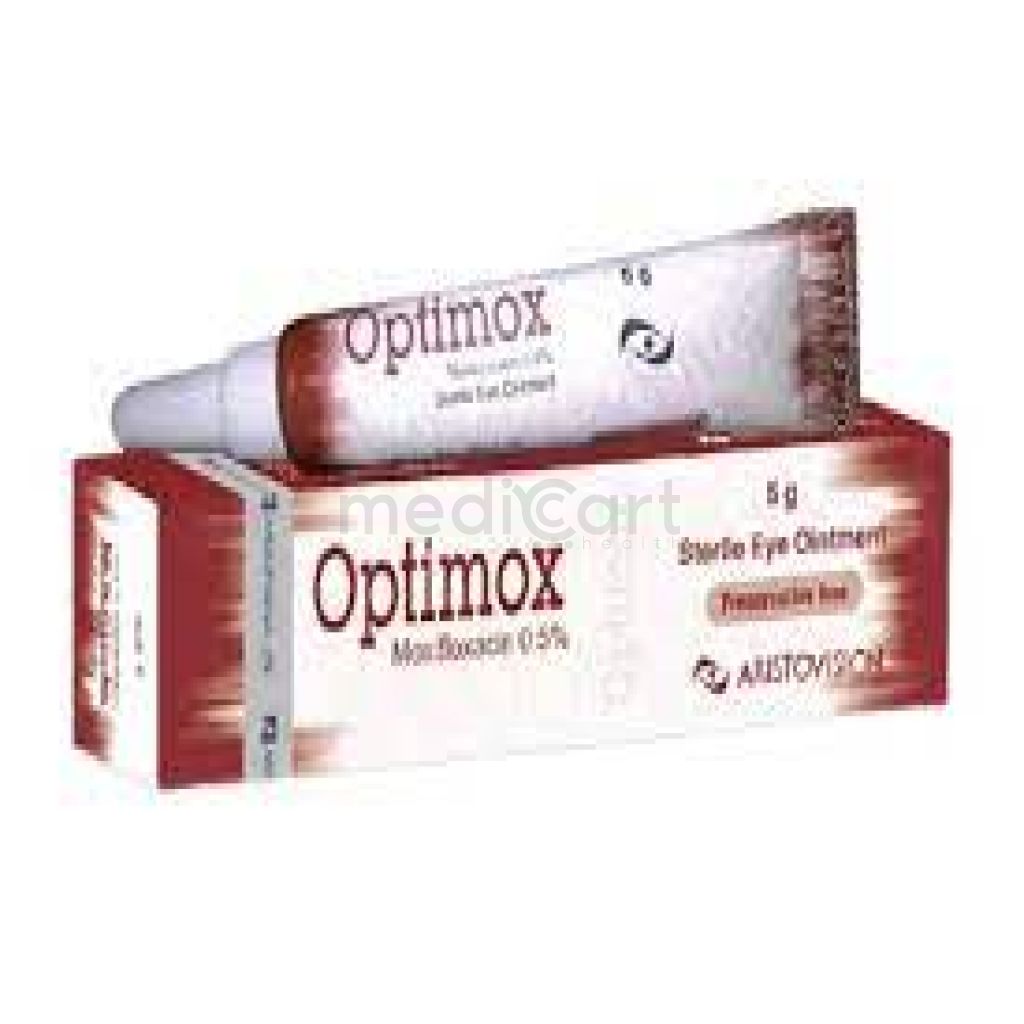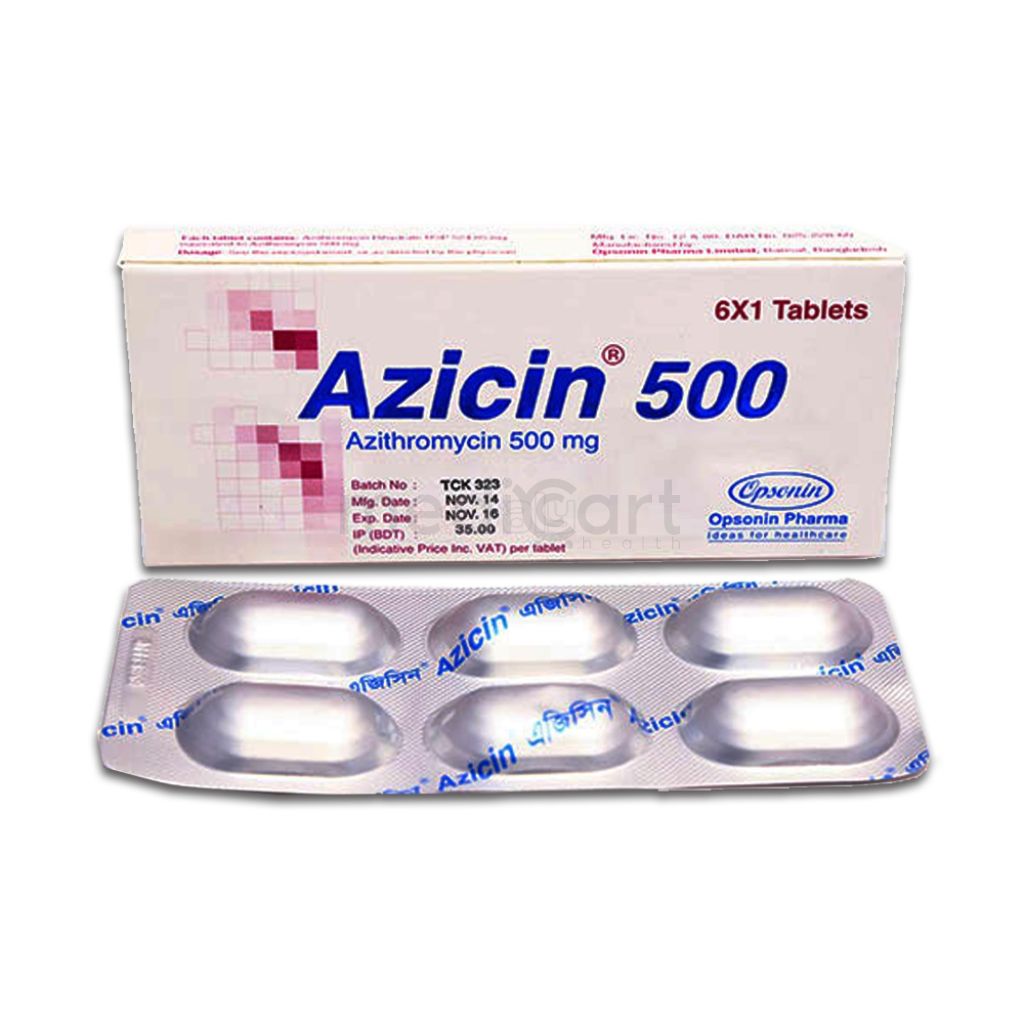

Conart - 1mg
Tablet
Pack Size :
10 Tablet x 1 Strip
Generics :
Bumetanide
Manufacturer :
ACI Limited
Best Price *
TK
50.20
* Delivery will be done in Dhaka city only.
Alternative Product
More Information About - Conart - 1mg
Description
Generic Name
BumetanidePrecaution
Pregnancy, lactation; regular monitoring of serum electrolytes (especially potassium, calcium, magnesium); in case of hypokalemia, potassium supplements/potassium-sparing diuretics added. Monitor blood-glucose, BUN, creatinine levels as well as blood counts. Sulfonamide allergy. CHF patients on digitalis, K losing nephropathy, hepatic cirrhosis and ascitis, diarrhoeal states. Lactation: Unknown whether drug is excreted in breast milk; use with cautionIndication
Hypertension, Heart failure, Oedema, Nephrotic syndromeContra Indication
Hypersensitivity, progressive renal failure and anuria, hepatic coma, severe electrolyte depletion.Dose
N/ASide Effect
>10% Hyperuricemia (18%),Hypochloremia (15%),Hypokalemia (15%),Azotemia (11%) 1-10% Hyponatremia (9%),Hyperglycemia (7%),Increased serum creatinine (7%),Variations in phosphorus (5%),Variations in CO2 content (4%),Variations in bicarbonate (3%),Variations in calcium (2%),Dizziness (1%),Muscle cramps (1%),Ototoxicity (1%) <1% Asterixis,Dehydration,Hypotension,Orthostatic hypotension,Pruritus,Rash,Renal failure,Serious skin reactions (ie, Stevens-Johnson syndrome, toxic epidermal necrolysis),Vertigo,Vomiting Potentially Fatal: Encephalopathy (in patients with preexisting liver disease).Pregnancy Category
Name : C
Description
Animal reproduction studies have shown an adverse effect on the fetus and there are no adequate and well-controlled studies in humans, but potential benefits may warrant use of the drug in pregnant women despite potential risksMode of Action
Bumetanide induces diuresis by inhibiting reabsorption of water and electrolytes (sodium and chloride) in the ascending loop of Henle and proximal renal tubule.Interaction
Reduced diuretic and natriuretic actions by probenecid. Indometacin blunts action of bumetanide; concurrent usage with antihypertensives may increase risk of orthostatic hypotension. Potentially Fatal: Avoid concurrent usage with ototoxic drugs such as aminoglycoides and nephrotoxic drugs. Reduced lithium excretion via kidneys.Pregnancy Category Note
Pregnancy category: C Lactation: Unknown whether drug is excreted in breast milk; use with cautionAdult Dose
Oral Oedema Adult: 1 mg once daily. Give 2nd dose 6-8 hr later if necessary. Elderly: 0.5 mg daily. Refractory oedema Adult: Initially, 5 mg daily increased by 5 mg every 12-24 hr as required. High doses may be divided in 2-3 doses. Max: 10 mg/day. Hypertension Adult: 0.5-1 mg daily. Max: 5 mg/day. Parenteral Emergency cases of oedema Adult: 0.5-1 mg via slow IV/IM inj, subsequently adjust dose according to response. Intravenous Pulmonary oedema Adult: 1-2 mg IV repeated 20 min later if necessary, or 2-5 mg in 500 ml of a suitable infusion fluid given over 30-60 min.Child Dose
N/ARenal Dose
N/AAdministration
May be taken with or without food. May be taken w/ meals to reduce GI discomfort.Disclaimer
The information provided herein are for informational purposes only and not intended to be a substitute for professional medical advice, diagnosis, or treatment. Please note that this information should not be treated as a replacement for physical medical consultation or advice. Great effort has been placed to provide accurate and comprehensive data. However, Medicart along with its authors and editors make no representations or warranties and specifically disclaim all liability for any medical information provided on the site. The absence of any information and/or warning to any drug shall not be considered and assumed as an implied assurance of the Company.





